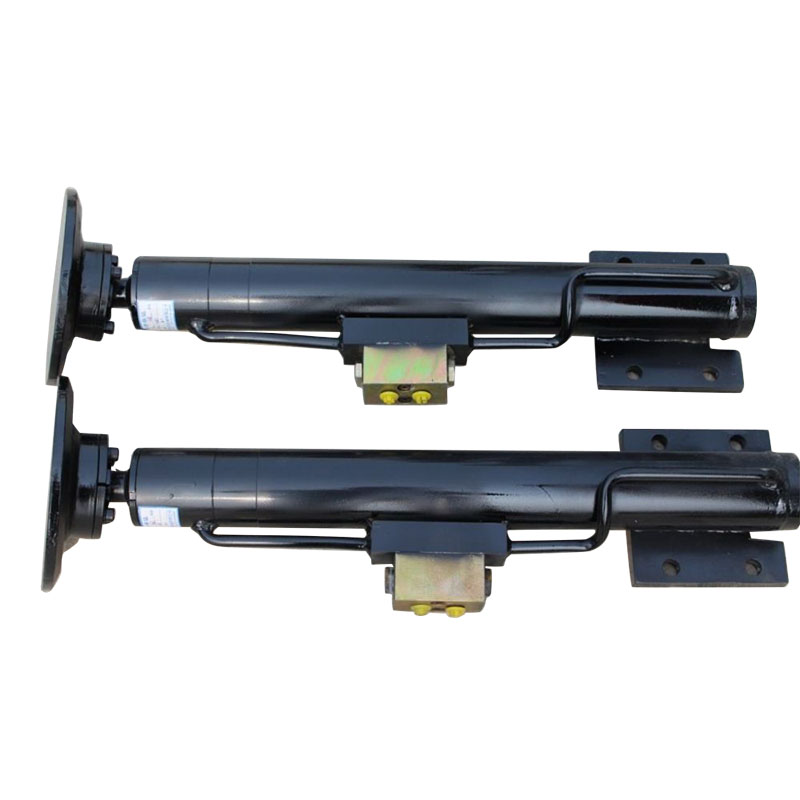- English
- Español
- Português
- русский
- Français
- 日本語
- Deutsch
- tiếng Việt
- Italiano
- Nederlands
- ภาษาไทย
- Polski
- 한국어
- Svenska
- magyar
- Malay
- বাংলা ভাষার
- Dansk
- Suomi
- हिन्दी
- Pilipino
- Türkçe
- Gaeilge
- العربية
- Indonesia
- Norsk
- تمل
- český
- ελληνικά
- український
- Javanese
- فارسی
- தமிழ்
- తెలుగు
- नेपाली
- Burmese
- български
- ລາວ
- Latine
- Қазақша
- Euskal
- Azərbaycan
- Slovenský jazyk
- Македонски
- Lietuvos
- Eesti Keel
- Română
- Slovenski
- मराठी
- Srpski језик
Common Faults and Repair Methods of Hydraulic Cylinders
2024-07-03
1. Oil leakage:
Hydraulic cylinder oil leakage is common in sealing interfaces such as the joint between the cylinder sleeve and the cylinder head, and the friction surface between the piston rod and the guide sleeve, which usually points to the aging or damage of the sealing element. In this regard, the measures that can be taken are to replace the aged O-ring or repair the worn guide sleeve to ensure the tightness of the seal.
2. Internal leakage:
Although the internal leakage of the hydraulic cylinder is hidden, it can be identified by observing signs such as reduced thrust and slow speed. In order to repair this problem, it is recommended to add an O-ring in the static sealing area between the piston rod and the piston to enhance the sealing effect and prevent internal oil loss.
3. Slow or unstable action:
If the hydraulic cylinder is slow or unstable, the first thing to consider is whether the oil supply capacity of the hydraulic pump is sufficient and whether the sealing of the entire system is intact. In this regard, the working condition of the hydraulic pump should be checked and repaired if necessary; at the same time, the sealing of all components and pipelines should be fully checked, and damaged seals should be replaced in time to ensure smooth and unobstructed oil transmission.
4. Creeping and shaking:
The hydraulic cylinder may creep or shake, which is probably due to the mixing of air or foreign matter in the system. To solve this problem, it is necessary to exhaust thoroughly and clean the foreign matter in the cylinder. At the same time, check and repair the inner wall that may be damaged, trace the source of the foreign matter and take measures to prevent it from mixing again. In addition, it is necessary to check and reinstall or adjust the relevant parts to ensure the stability of their operating status.
5. Temperature control:
The high temperature problem of the hydraulic system will accelerate the aging of the oil and the wear of the components, shortening the service life of the hydraulic cylinder. In order to improve this situation, hydraulic oil with better viscosity-temperature performance can be selected to cope with the working requirements at different temperatures. At the same time, in a low temperature environment, the oil temperature can be increased by a heater or by using the heat generated by the machine's own operation to ensure the smoothness and stability of the system when it starts.






